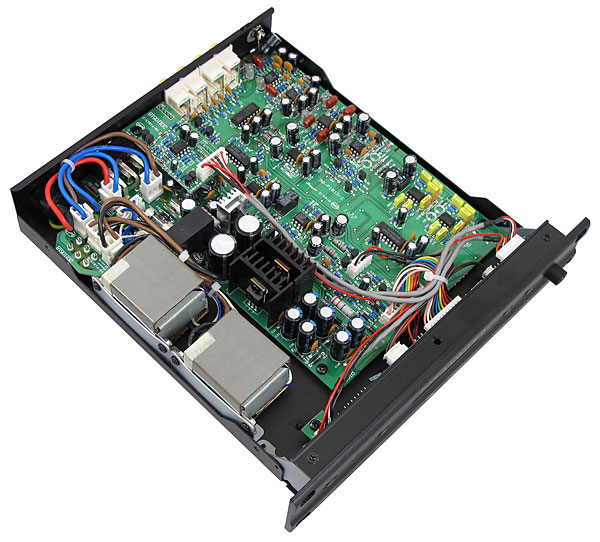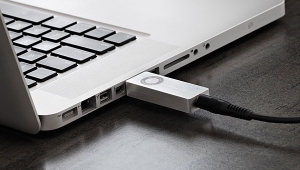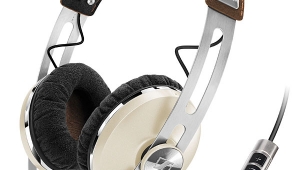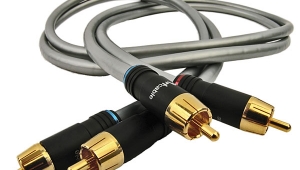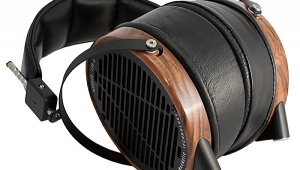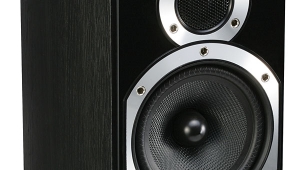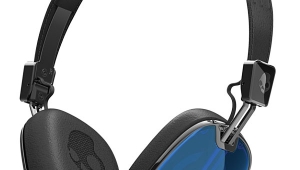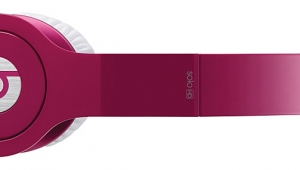| Columns Retired Columns & Blogs |
Stephen,
I really enjoy your coverage of the entry level products. Having tried many budget offerings myself, I have found that Audioquest cables are not among my favorites. A company little known in the US, but probably the most widely used in the UK is The Chord Company. I use all there cables and they beat all comers and I've compared many. I'd love to see you evaluate some of their cables. I think they would replace the audioquest in your regular system if you tried them.
BTW, love your writing. Keep it up!
